
Lung Cancer Day 2025 Raising Awareness, Advancing Detection, and Empowering Care with AI-Powered EHRs
Lung Cancer in the US
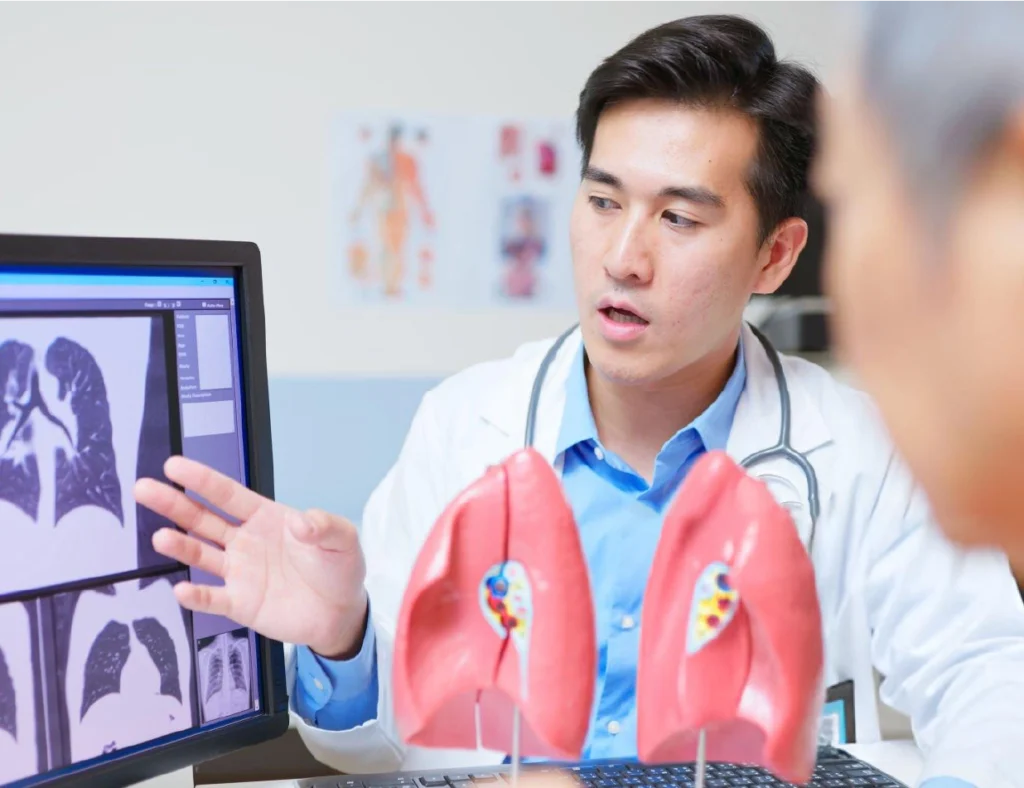
Risk Factors & Prevention
Key Risk Factors:
- Smoking (including second-hand exposure)
- Radon and asbestos exposure
- Air pollution and industrial toxins
- Family history or genetic mutations
- Pre-existing lung conditions like COPD or fibrosis
Prevention Tips:
- Join or refer patients to smoking cessation programs.
- Encourage regular screening for individuals aged 50 and above, especially smokers.
- Promote healthy lifestyle habits, including exercise and a clean diet.
- Implement occupational health protocols to reduce exposure to harmful substances.
Why Early Detection Saves Lives
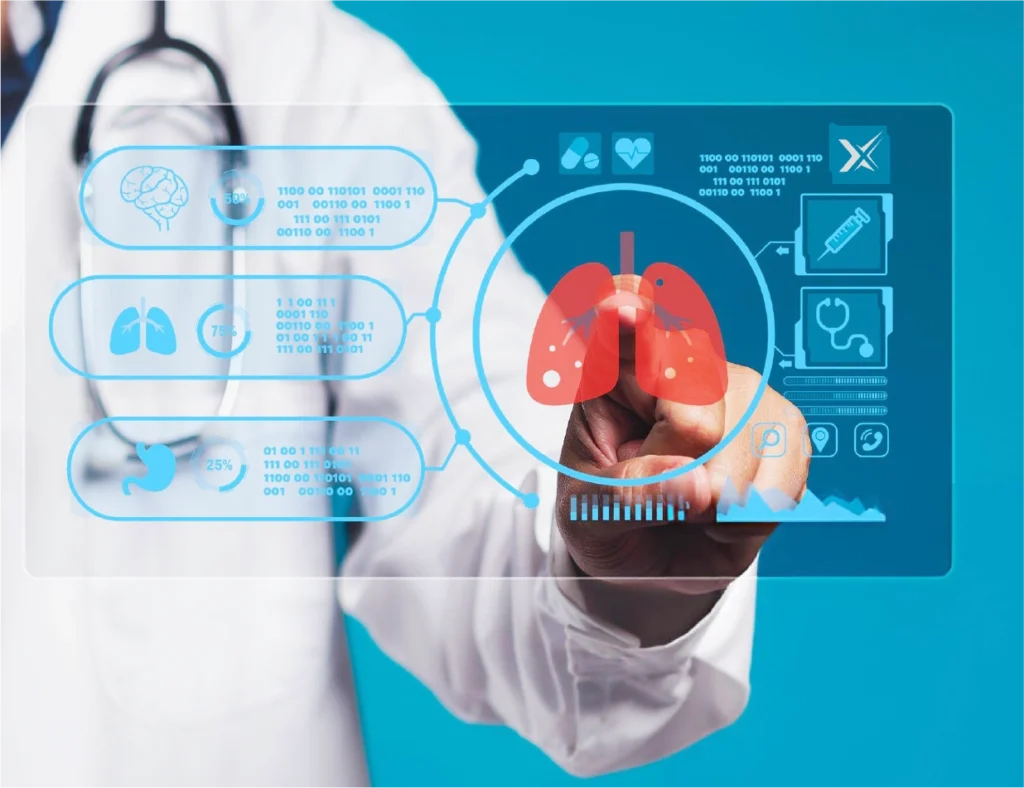
The Role of EHR in Lung Cancer Detection & Management
EHR systems enable:
- Structured documentation of smoking history and risk factors
- Alerts and reminders for screening eligibility
- Integration with imaging and lab platforms to simplify diagnosis
- Real-time communication between providers across departments
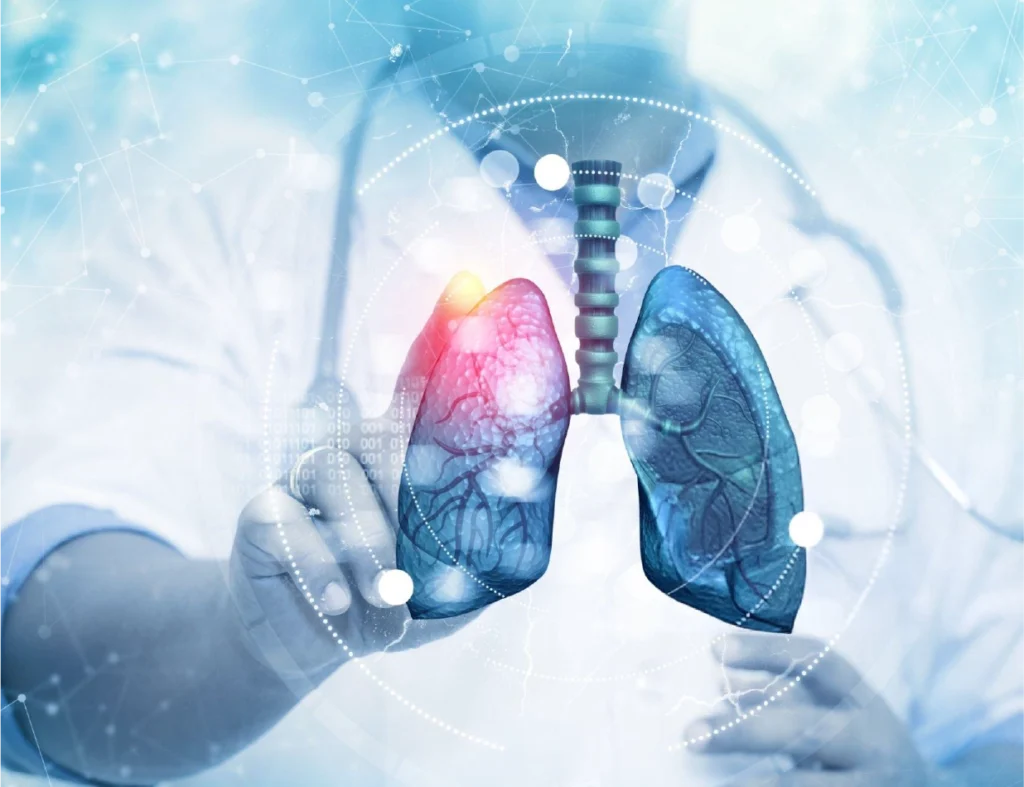
How AI-Powered EHRs Like Maximus Are Transforming Cancer Care
Here’s how Maximus is changing the game:
- Predictive analytics that flag at-risk patients using structured data from multiple encounters
- Automated alerts that notify providers when a patient becomes eligible for lung screening
- AI-assisted documentation to ensure no critical detail is missed
- Integrated lab and imaging data to support faster and more accurate diagnosis
- Patient portals with reminders and educational content to boost engagement
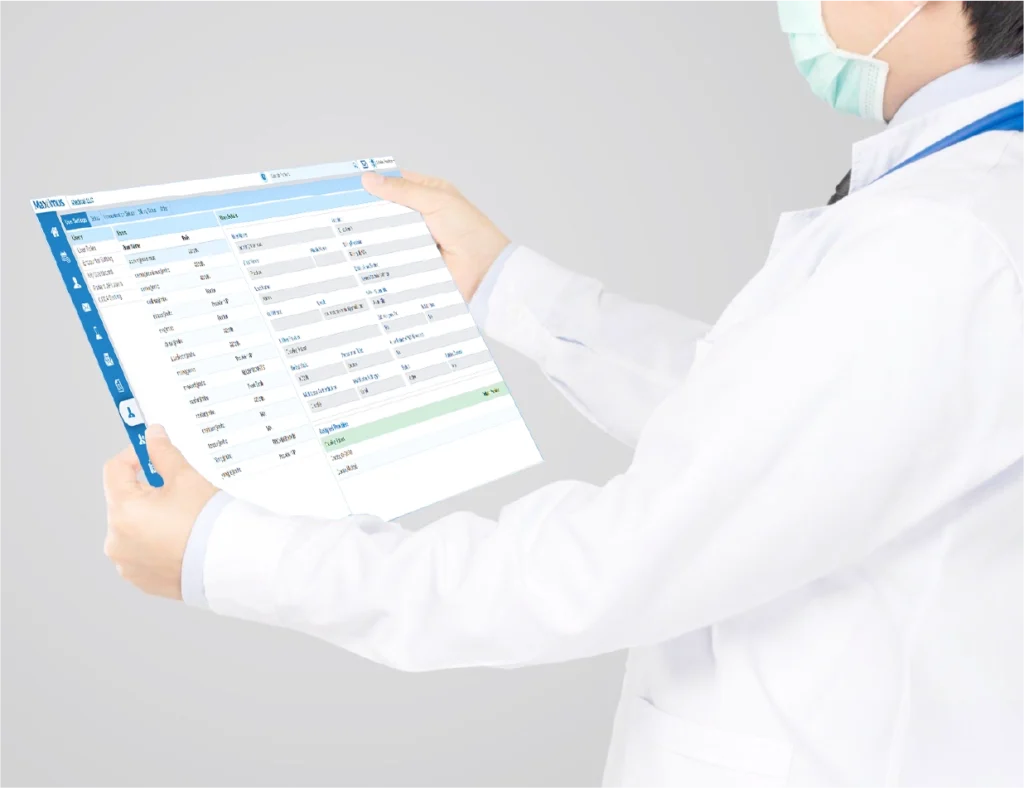
A Future of Smarter, Faster Cancer Care
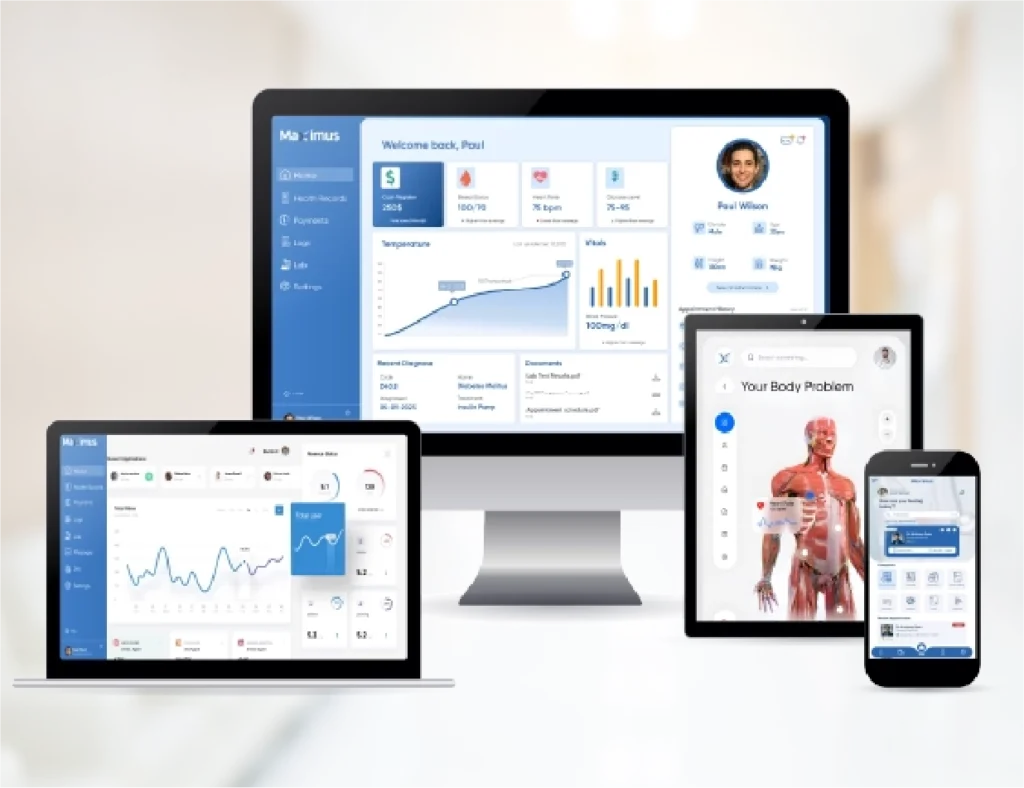
Final Thoughts
Lung cancer is preventable, detectable, and treatable, but only if we act in time. Whether you’re a provider, healthcare administrator, or patient advocate, the key lies in raising awareness, encouraging screenings, and embracing smart technology.
Maximus EHR is built to empower oncology teams with the data, automation, and intelligence needed to make early detection the rule, not the exception.
Want Empower Your Practice with AI-Powered EHR ?
- What is Lung Cancer Awareness Day, and why is it important?
-
Lung Cancer Awareness Day, celebrated annually on August 1, serves as a vital national initiative to increase awareness about lung cancer. This day emphasizes the critical importance of early detection, effective prevention strategies, and advancements in diagnostic and treatment tools. It acts as a powerful reminder for the public and healthcare professionals alike to join forces in combating one of the most deadly and prevalent cancers, ultimately saving lives through education, early intervention, and proactive healthcare.
- What are the most effective ways to detect lung cancer early?
-
The most effective way to detect lung cancer early is through low-dose CT scans, especially for people aged 50 and above with a history of smoking. Early detection greatly improves survival rates, and technology like AI-powered EHRs can help ensure eligible patients do not miss out on timely screenings.
- How can AI-powered EHRs improve lung cancer detection and care?
-
AI-powered EHRs can analyze patient data to flag those at high risk, trigger screening reminders, and support clinical decisions with real-time insights. Systems like Maximus EHR also organize lab and imaging results in one place, helping providers deliver faster and more accurate cancer care.
- What role does smoking play in lung cancer risk?
-
Smoking is the number one risk factor for lung cancer, contributing to the vast majority of cases. People who smoke, especially long-term smokers, are at a much higher risk. Quitting smoking and participating in regular screenings can significantly reduce the chances of developing lung cancer.
- How can providers improve their lung cancer screening rates?
-
Providers can improve screening rates by using EHRs that include automated alerts, tracking tools, and built-in screening criteria. Educating patients, maintaining comprehensive medical records, and leveraging advanced technology to identify high-risk individuals are essential strategies to enhance early detection efforts and improve outcomes.
